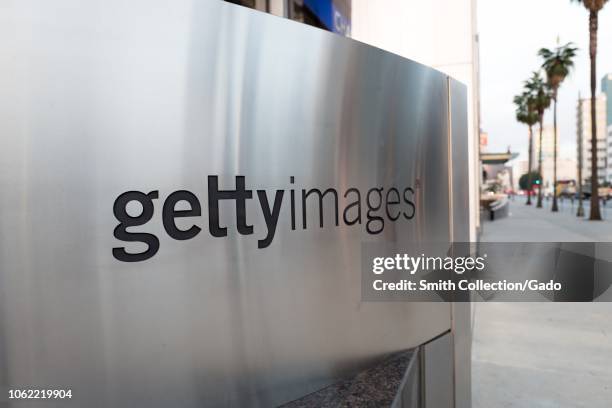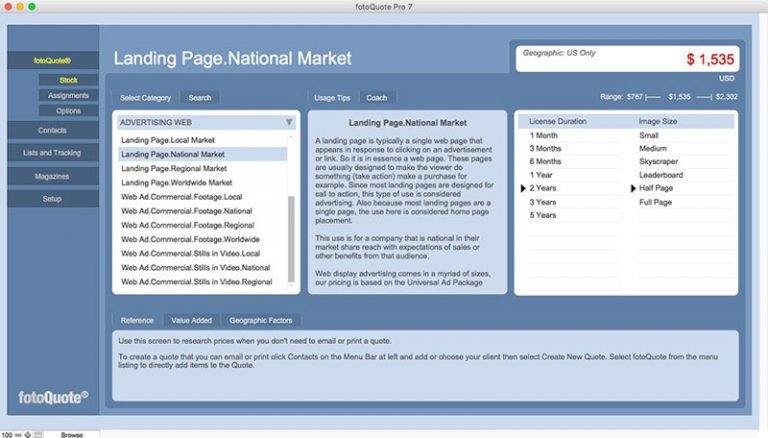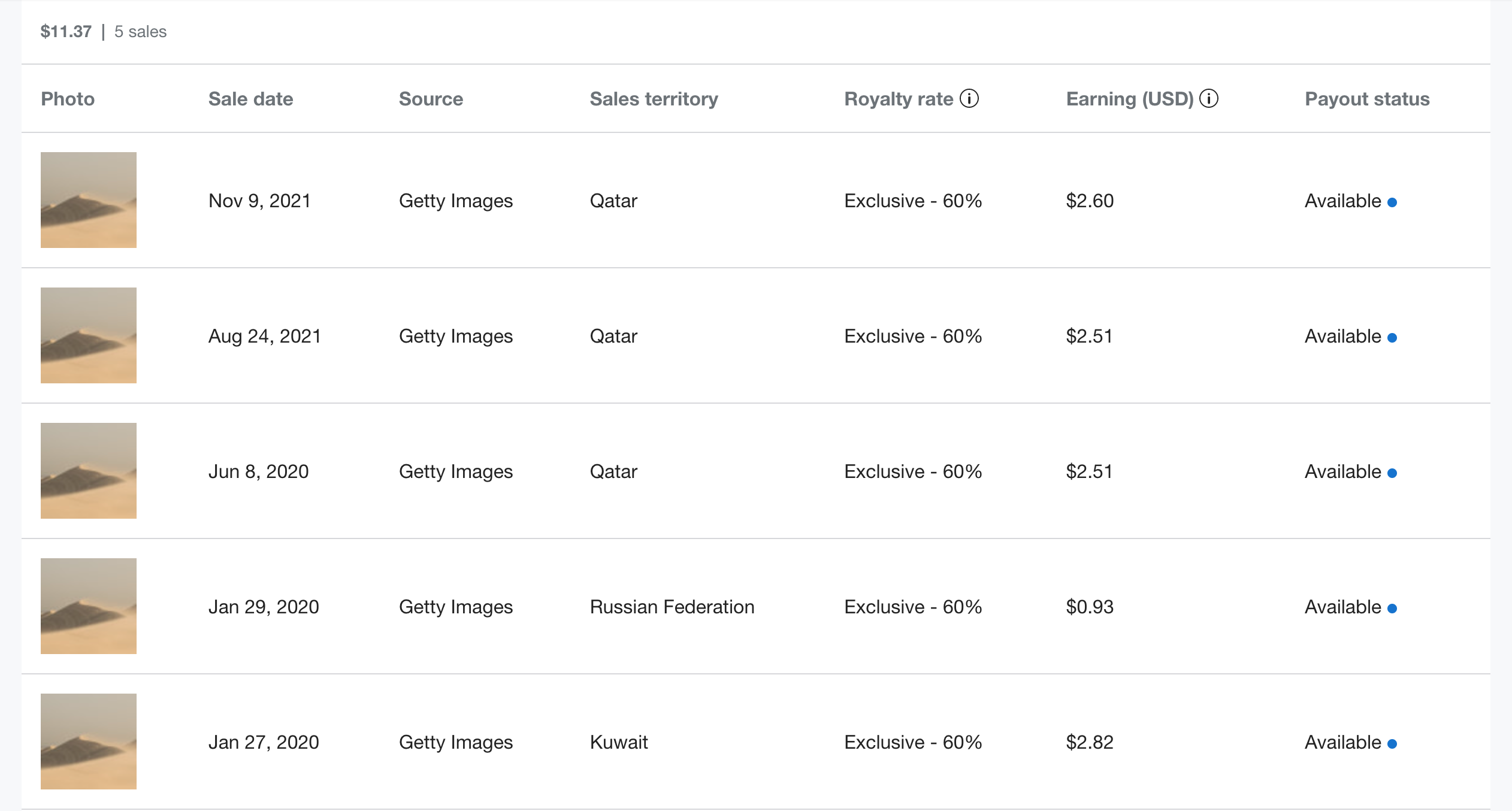Have you ever wondered how photographers make money from their stunning images? Photo licensing is the answer! It allows photographers to sell the rights to use their photos for various purposes, earning them income while maintaining ownership of their work. This blog post dives into the world of photo licensing, focusing on how platforms like Getty Images connect artists with businesses that need visuals. Let’s explore this exciting avenue for photographers!
How Getty Images Works for Photographers

Getty Images is one of the leading platforms for photo licensing, providing a marketplace for photographers to showcase their work. But how does it actually work, and how can photographers benefit from it? Let’s break it down:
- Submission Process: Photographers can apply to become contributors by submitting a portfolio of their work. Getty looks for high-quality, unique images that meet their standards and market demand.
- Licensing Options: Once accepted, photographers can choose between different licensing types:
- Royalty-Free (RF): Buyers pay a one-time fee to use the image multiple times across various platforms.
- Rights Managed (RM): Pricing is based on specific usage, such as duration, size, and audience, providing potentially higher earnings for exclusive licenses.
- Revenue Share: Getty Images operates on a commission model. Photographers typically receive 15-45% of the sale price, depending on their agreement and the type of license sold. It’s important for photographers to understand this revenue model to set realistic expectations.
- Exposure and Marketing: By being part of Getty's vast network, photographers gain access to a global audience. Getty actively markets its collection to businesses, agencies, and media outlets, which increases the chances of images being sold.
- Analytics and Insights: Contributors can track their image performance through Getty’s dashboard. This feature allows photographers to see which images are popular and adjust their portfolios accordingly.
In summary, Getty Images provides a robust platform for photographers to earn from their work. By understanding the submission process, licensing options, and revenue models, photographers can maximize their potential earnings and build a successful career in photo licensing.
Also Read This: Where Is AFP Getty Images Located?
3. Factors Influencing Earnings on Getty Images

When it comes to earning money through photo licensing on Getty Images, several factors play a significant role in determining how much you can make. Understanding these factors can help you optimize your portfolio and increase your earnings. Let’s dive into the key elements that influence your income.
1. Quality of Your Images: The quality of your photographs is paramount. High-resolution, well-composed images with strong visual storytelling tend to attract more buyers. For instance, consider a stunning landscape shot at golden hour versus a blurry snapshot taken in poor lighting. The former is likely to sell much better!
2. Niche Market: Certain niches are more lucrative than others. For example, images related to health, business, or technology often have a higher demand. If you specialize in these areas, you might find a more substantial market for your work. On the other hand, generic subjects, like sunsets or generic cityscapes, might not fetch as high a price.
3. Usage Rights: The type of usage rights you provide can also impact your earnings. Exclusive rights generally allow you to charge a premium, while non-exclusive licenses may lead to more sales but at lower prices. Consider what works best for you based on your marketing strategy.
4. Market Trends: Keeping an eye on current trends can help you tailor your offerings. For example, during a global event like a pandemic, images related to healthcare and remote work might see a spike in demand. Staying informed about what buyers are looking for will help you remain relevant and increase your sales.
5. Promotion and Visibility: Simply uploading your images isn’t enough; you need to promote them! Engage with social media, build a personal website, and utilize SEO strategies to drive traffic to your portfolio. The more visibility your images have, the higher your chances are of making a sale.
In summary, focus on enhancing the quality of your images, explore lucrative niches, understand the implications of licensing rights, stay updated on market trends, and promote your work effectively. By addressing these factors, you can significantly boost your earnings on Getty Images!
Also Read This: How to Make Money on Getty Images and Boost Your Income Stream
4. Types of Licensing Agreements Available

When you decide to sell your photos on Getty Images, you’ll encounter different types of licensing agreements. Understanding these agreements is crucial as they define how your images can be used and how you get compensated for your work. Here’s a breakdown of the primary licensing options available:
1. Rights Managed (RM): This type of agreement allows clients to use your images for specific purposes, under defined terms. For instance, a magazine may pay for the right to use your photo in a single issue. The more exclusive the use, the higher the fee you can command. Keep in mind, this approach often leads to higher earnings, but you’ll need to track the usage to avoid any unauthorized applications.
2. Royalty Free (RF): With royalty-free licensing, clients pay a one-time fee to use your images without any expiration. This agreement grants them broad usage rights, which can lead to a higher volume of sales, albeit at a lower price point per image. This model works well if you have a large portfolio and want to maximize exposure.
3. Extended License: This is similar to royalty-free but comes with additional usage rights. For example, a client could use your image on merchandise or for print runs over a certain volume. Offering extended licenses can give you an edge in competitive markets, allowing you to charge a premium for broader usage.
4. Exclusive License: An exclusive license means that you agree not to sell your image to anyone else for a specified period. This can be appealing to buyers who want unique content. As a photographer, you can negotiate higher fees for this exclusivity, but be cautious about how it may limit your earning potential in the long run.
Understanding these licensing agreements is essential for maximizing your earnings on Getty Images. Depending on your goals, you might choose to offer a mix of these licenses to cater to different buyers. Always read the fine print and know your rights to protect your work while optimizing your income!
Also Read This: How Can I Use Getty Images for Free: Legal Methods and Best Practices
5. Calculating Your Earnings Potential

Understanding how much you can earn from photo licensing on Getty Images can feel a bit like deciphering a secret code. But don't worry, it’s not as complicated as it sounds! Your earnings depend on several factors, including the type of license, the exclusivity of your photos, and how often your images are downloaded.
Types of Licenses: Getty Images primarily offers two types of licenses: Royalty-Free (RF) and Rights Managed (RM). With RF, you get paid a one-time fee, allowing customers to use your image multiple times without additional costs. This is great for volume sales but usually means lower individual payments. On the other hand, RM images are priced based on specific usage, often leading to higher payouts but potentially less frequent sales.
Exclusivity Matters: If you choose to license your photos exclusively to Getty, you might see higher returns. Exclusive photos typically command higher fees, as clients are willing to pay more for images they can’t find elsewhere. However, keep in mind that going exclusive means you can’t sell those images on other platforms.
Market Demand: Your earnings will also depend on the demand for your type of imagery. For example, images related to trending topics, such as remote work or sustainability, may see higher demand and downloads. Keeping an eye on current trends can help you capture the market effectively.
To help you better understand your potential earnings, here’s a simple breakdown:
- Royalty-Free Images: Average $50 - $200 per download.
- Rights Managed Images: Average $200 - $2,500 per download depending on usage.
- Exclusive Licenses: Up to 50% higher than standard rates.
Ultimately, estimating your earnings potential on Getty Images isn’t an exact science, but with quality work and a strategic approach, many contributors find success.
Also Read This: How to Search Getty Images by Stock Number Unlocking Specific Image Results
6. Success Stories from Getty Images Contributors
Hearing about the journeys of successful Getty Images contributors can be incredibly inspiring. Many have turned their passion for photography into a profitable venture, and their stories often share valuable lessons. Let’s dive into a couple of noteworthy success stories!
1. James’s Journey: James, a wildlife photographer, started uploading his images to Getty Images three years ago. Initially, he faced challenges in gaining visibility, but his persistence paid off. He focused on capturing unique images of lesser-known species, which helped him stand out in a competitive market. Now, he averages about $1,000 monthly from his sales, thanks to a combination of RF and RM licensing. James emphasizes the importance of patience and staying true to your unique style.
2. Maria’s Macro World: Maria, a macro photographer, turned her hobby into a business when she began sharing her close-up nature shots on Getty. At first, she struggled with pricing and promotion, but through continuous learning and networking with other photographers, she honed her craft. Her breakthrough came when one of her images was featured in a popular magazine, boosting her visibility dramatically. Today, Maria earns over $2,500 each month, primarily through exclusive rights managed licenses. She advises newcomers to capitalize on niche markets and keep experimenting with their photography.
These stories highlight that success on Getty Images is achievable with dedication and creativity. Whether you’re a budding photographer or an experienced pro, there’s always room for growth and opportunity in the world of photo licensing.
Also Read This: How to Purchase iStock Images for Your Sketch Projects
7. Tips for Maximizing Your Earnings
When it comes to photo licensing on Getty Images, there are several strategies you can employ to boost your earnings. Let’s explore some effective tips that can help you get the most out of your photography work:
- Focus on Quality: Always prioritize high-quality images. Invest in good equipment and editing software. Crisp, clear, and well-composed photos attract more buyers.
- Understand Your Audience: Research what types of images sell best on Getty. Whether it's lifestyle shots, landscapes, or business-related images, tailor your portfolio to meet market demands.
- Utilize Keywords Effectively: Use relevant keywords to make your images easily discoverable. Think about what potential buyers might search for and include those terms.
- Diversify Your Portfolio: Don’t limit yourself to one niche. Explore various categories to appeal to a broader audience. The more diverse your portfolio, the higher the chances of sales.
- Regularly Update Your Portfolio: Consistently upload new images. Getty Images rewards active contributors, and a fresh portfolio keeps your work relevant in ever-changing trends.
- Leverage Social Media: Promote your work through social media platforms. Share your images, engage with followers, and drive traffic to your Getty profile.
- Participate in Challenges: Keep an eye out for photography challenges and contests. These can provide exposure and often lead to sales opportunities.
By implementing these tips, you can create a sustainable income stream through photo licensing. Remember, it’s not just about taking great photos; it’s about marketing them effectively!
8. Common Mistakes to Avoid When Licensing Photos
While navigating the world of photo licensing, it's easy to stumble into pitfalls that can hinder your success. Here are some common mistakes to watch out for:
- Ignoring Model and Property Releases: Always ensure you have the necessary releases when photographing people or private properties. Without these, you risk losing the ability to license those images legally.
- Shooting for Personal Use Only: Some photographers forget to create marketable images. Always have licensing in mind when capturing photos. Think about how others might use your work.
- Overlooking Metadata: Not adding proper metadata to your images can result in missed opportunities. Include descriptive titles, keywords, and relevant details to enhance visibility.
- Neglecting to Research the Market: Failing to understand current trends can lead to stale portfolios. Spend time studying what’s popular, and adapt your work accordingly.
- Being Inconsistent: Uploading sporadically can hurt your visibility. Set a schedule for regular uploads to keep your portfolio fresh and engaging.
- Underpricing Your Work: Don’t undervalue your photography. Research market prices and price your images competitively to reflect their quality and uniqueness.
- Ignoring Feedback: If you receive critiques or suggestions, don’t dismiss them. Use constructive feedback to improve your work and approach.
Avoiding these common mistakes will not only save you time and frustration but also enhance your potential earnings on platforms like Getty Images. Stay informed and proactive, and you’ll find success in photo licensing!
 admin
admin








